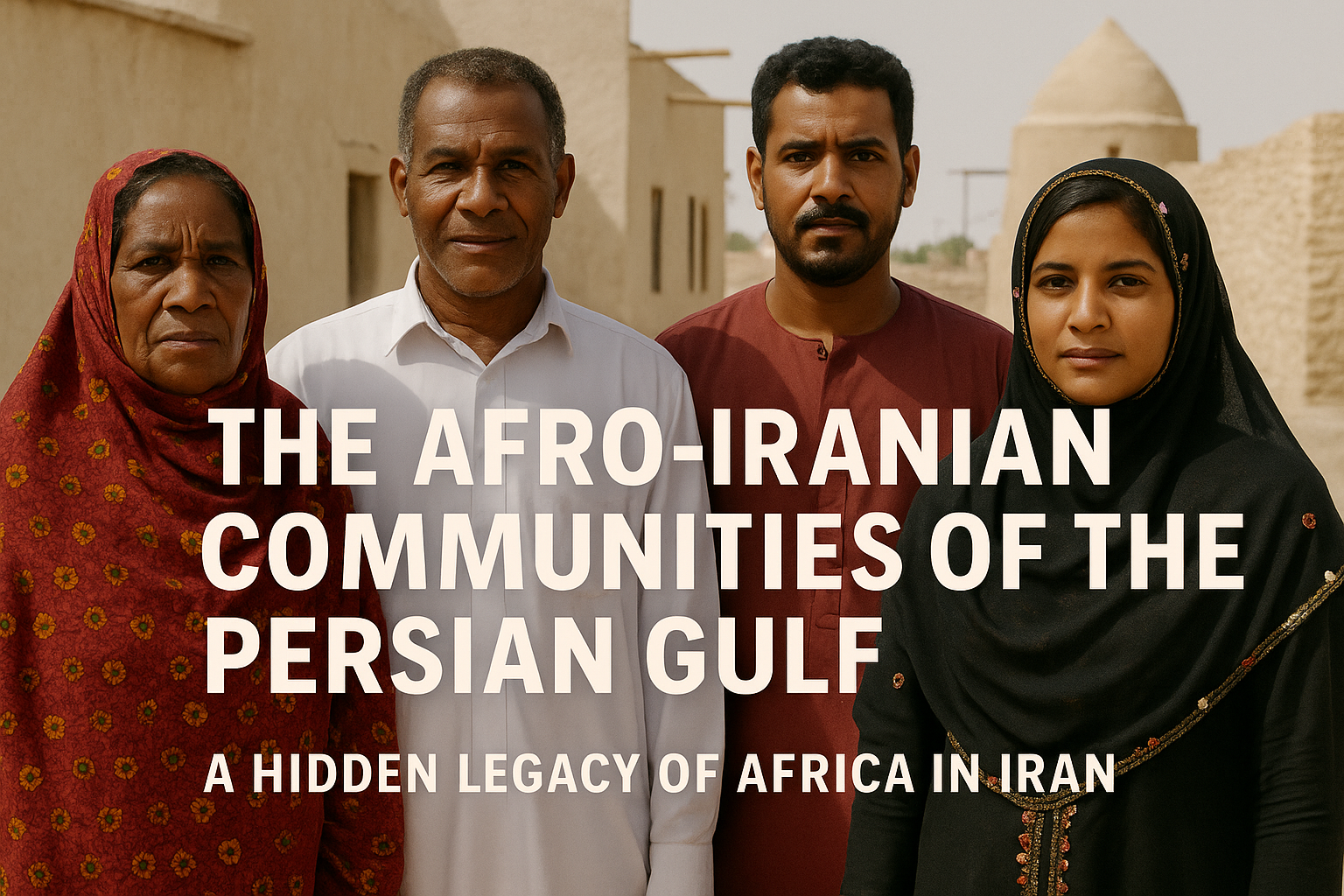When we think of the African diaspora, our minds often jump to the Atlantic slave trade or the Americas. Yet, a lesser-known chapter of Black history lies along the Persian Gulf’s southern coastline—where Afro-Iranian communities have lived for centuries, blending African and Persian identities into a rich cultural mosaic.
The Afro-Iranians, primarily located in provinces like Hormozgan and Sistan and Baluchestan, trace their roots to East Africa—particularly Tanzania, Mozambique, and Zanzibar. Many arrived as part of the Indian Ocean slave trade between the 9th and 19th centuries, brought by Arab and Persian traders. Others migrated as sailors, pearl divers, or free laborers, establishing communities in coastal cities like Bandar Abbas, Qeshm Island, and Bushehr.
Despite their deep roots, Afro-Iranians remain one of Iran’s most overlooked minority groups. They often face systemic invisibility—omitted from textbooks, underrepresented in politics, and stereotyped in media. Yet their contributions to Persian Gulf society are profound: from drumming traditions like zār rituals used for healing, to maritime expertise that built Iran’s coastal economy.
Today, Afro-Iranians strive to preserve their cultural identity while navigating the challenges of modern Iranian society. Activists and scholars are beginning to document their oral histories, music, and religious customs—bringing long-buried legacies to the surface. Their story is not just about survival, but about enduring connection across continents, cultures, and centuries.
At KnowThyHistory.com, we spotlight these hidden legacies to ensure they are never forgotten. The story of Afro-Iranians reminds us that African influence stretches far beyond the Atlantic—and that global Black history is deeper, broader, and more interconnected than most realize.
